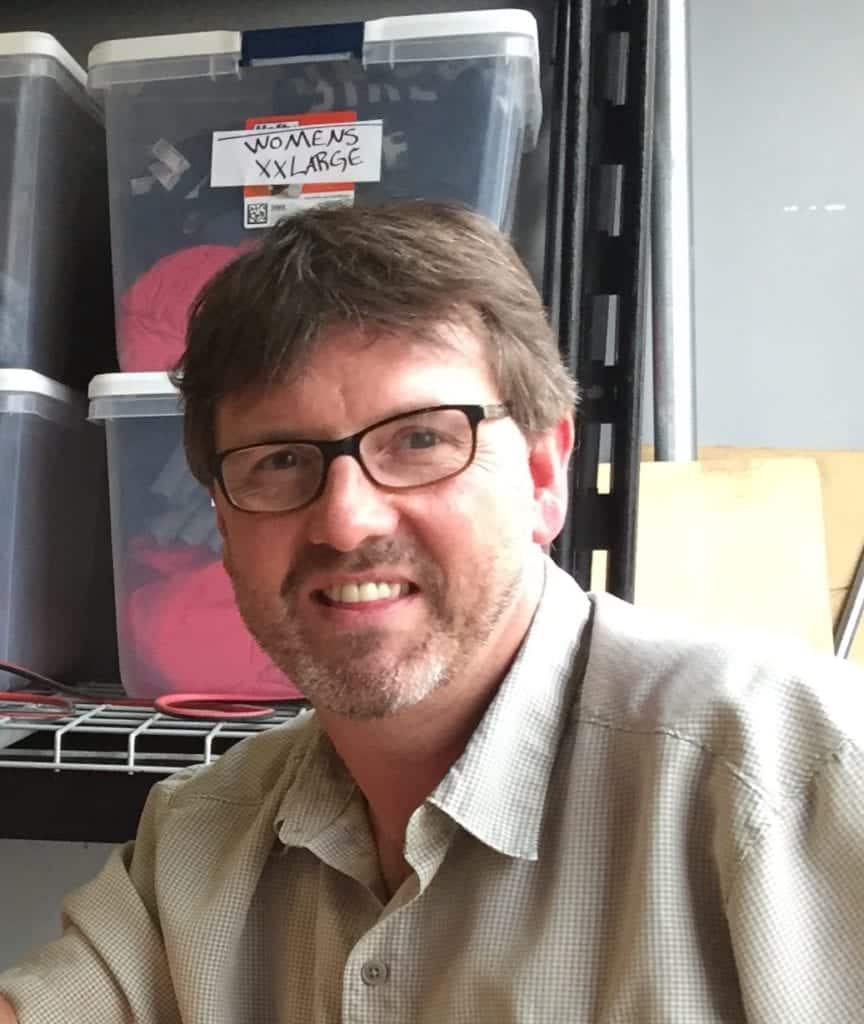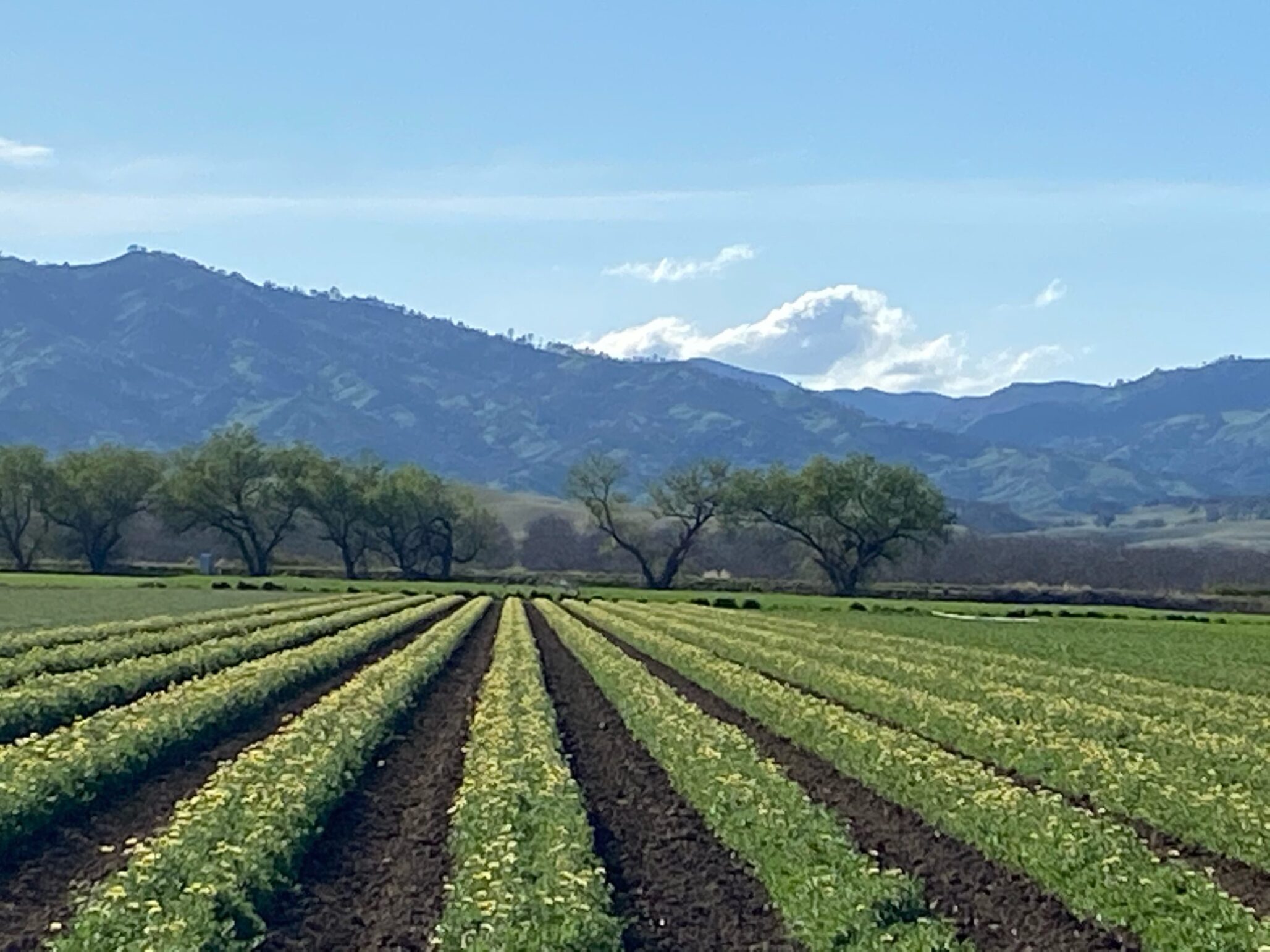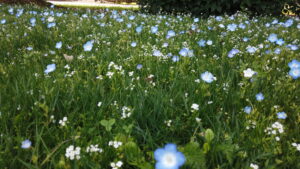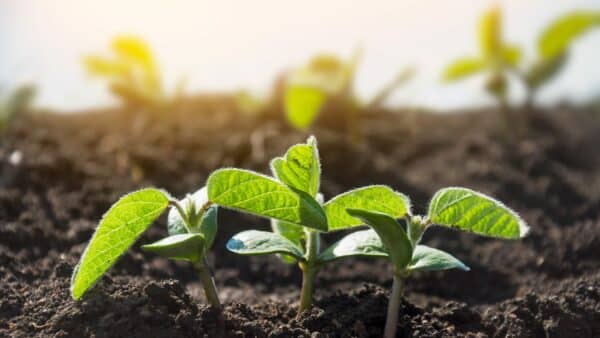When Hedgerow Farms began incorporating habitat features on its 350-acre property in the early 1980s, many neighbours thought it was unusual. After all, 40 years ago, native plants were not widely used on farm edges, and promotion of wildlife habitat was thought to bring in agricultural pests. Too, at that time, maximizing agricultural production meant not ‘wasting’ plantable space.
Today, farmers, governments, landowners, and community groups increasingly recognize the economic, environmental, and societal benefits of native habitat. Along roadsides and in wetlands, on farms and along riverbanks, on rangelands and in parks, habitat restoration is now commonplace, and restoration projects are expanding more and more each year.

But here’s the critical thing: it’s not enough to decide to return land to nature, and then assume that nature herself will do the heavy lifting of restoration. Effective restoration takes good planning and design, proper establishment, and effective long-term care. Here’s how to do it right:
First, choose the right seeds for your specific project. The seed species should be adapted to the site’s soils and hydrology and meet the overall project’s goals. For example, if your primary priority is erosion control, you’ll want to choose seeds that will quickly achieve as much vegetative cover as possible. If, however, your target is to provide habitat for a rare plant or animal species, you will want to utilize a seed mix known to be beneficial to your target species.
True habitat restoration means returning a landscape, as closely as possible, to its native state. The mix of plant and wildlife species native to any specific landscape has co-evolved over millennia, adapting to suit the unique location, conditions, and pressures of that specific microhabitat. While VNS (variety not specified) seed is generally the least costly seed available, restoration planting is quickly shifting to native seeds of known genetic origin – seeds tracked to very specific geographic sources – as landowners recognize the value and benefits of planting ecotype-specific seed.
The second key factor in a successful restoration project is weed control. Managing invasive weeds is critical before planting, during establishment, and long after your project is up and growing. In fact, not adequately managing weeds is often the primary limiting factor in habitat restoration.
Third, utilize planting techniques that maximize the chance for success. Whether you opt to drill, hydroseed, broadcast or use another planting technique will depend upon the restoration site’s conditions.
The goal is to plant native seeds at very shallow depths while at the same time achieving firm seed-to-soil contact. The best results are often achieved using specially designed native seed drills, which include agitators and picker wheels that prevent the various shapes and sizes of native seed from lodging together and not flowing properly. When planning for seeding, one also must properly account for each site’s unique conditions, including size, slope, and other factors.
Lastly – though certainly not least – seek out good help. Work with native seed companies who are passionate about restoration. This means working with experts who will design functionally diverse seed mixes, selecting appropriately between native seed, local ecotypes, and vegetative cover, all the while working within your budget and most importantly, with the objective of success in the field.













